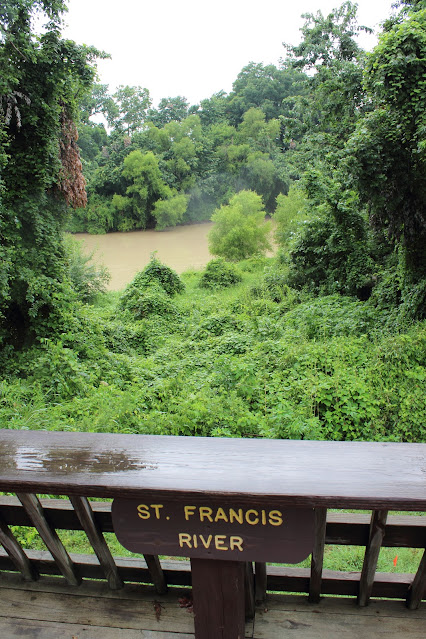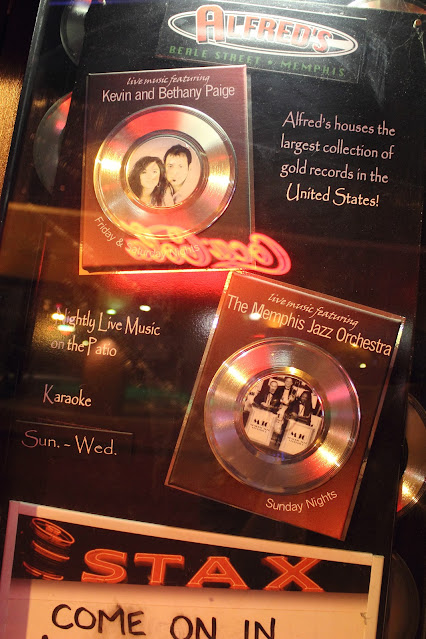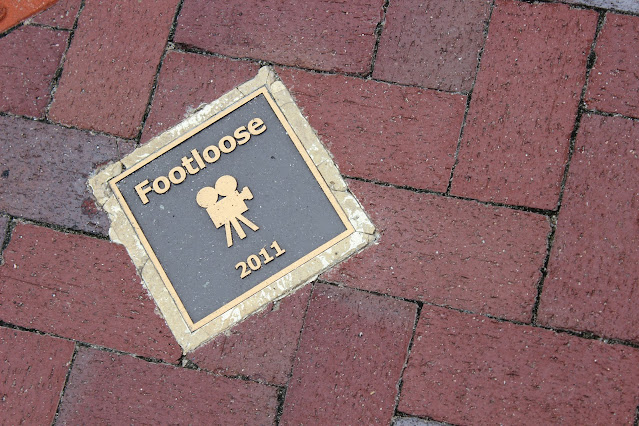Without much more planning than deciding to go a few weeks prior, we hit the road for a bit of whirlwind tour of the South. The first leg of the journey was the longest, a 12-hour jump to from Kansas City to Gatlinburg. We spent two nights there, and a full day roaming Great Smoky Mountains National Park, and one night wandering the streets of Gatlinburg before heading further south. That routine would be the standard for most of the journey.
The third day out was not quite as much of jump, from Gatlinburg to Fayetteville, Georgia. Since we did not plan to stop nearly as much in Great Smoky Mountains National Park, I experimented with recording the road time on the southern slope of the mountains, and produced this little video with accompaniment from the “Summertime” remix by Armand van Helden. It contains about 5 different videos spliced together, taken from the top of the ridge to near our first stop of the day at the Mountain Farm Museum near Cherokee, North Carolina.
We only made one other significant stop that day. While planning our expedition route, I always scan Google maps for any little geographic item of interest along the route, and stumbled across Tallulah Gorge State Park. That proved a great choice too, and quite a little learning experience packed full of history on multiple levels; pop culture, environmental, and the unusual. We hiked a little further and longer than we planned to, and stopped on the other side of the gorge for a look around too.
 |
| South Rim of Tallulah Gorge |
On the road again, we had a moment that we thought we should have either not stopped at all, or stayed longer. Just about the time we got in the area of New Holland, we realized that we were going to be just in time for Atlanta rush hour. We pulled into a nearby gas station and quickly queried Google for alternate routes, which indicated it would be no quicker to try to divert, than to just take the plunge and continue on our planned route. I was surprised and very doubtful, having heard horror stories about the traffic in that town, but forged ahead.
 |
| Evening Rush Hour in Atlanta |
Traffic was heavy, but moving along at a good pace, as we passed into the I-85 corridor in the northeast suburbs of Atlanta. It did not really bog down until we reached downtown though, and then only for a few minutes, for those of us privileged enough to have already secured a position in the HOV lane. At the center of downtown, we met our anticipated fate. All lanes came to a stop. Wall-to-wall traffic crawled along at 10kp/h for about a kilometer or so, and then suddenly, it just broke free again. We were soon doing 110kp/h again, until we reached the exit for Fayetteville. That was when the real fun began, with 13 miles of more heavy traffic and stoplights. We arrived at our destination without incident though, scooped up our good friends, and headed over to the local O’Charley’s for a fantastic meal with our hosts.
 |
| Fayetteville Mailbox |
We only lingered in Fayetteville for as long as we had in Gatlinburg, but enjoyed the time we had there. Lounging at the pool for most of the day, we later stopped in on the set of the television series The Walking Dead, in Senoia. There really was not much more to the day, but that was the whole intent. We wanted nothing more than to take a little time out of our expedition to enjoy the company of good friends we had not seen in more than year. Later in the evening, we did top off our day with a little rendezvous at the local Hookah Lounge attached to the Khalifa Indian Restaurant. Neither of us had ever been, and it proved to be an interesting experience. The staff was super friendly, and we mostly had the place to ourselves.
 |
| A view from the Interstate near the Alabama Line |
Back out on the road again the next day, heading west, we dropped in on the birthplace of Elvis Presley. We originally intended to find a hotel in Tupelo, but we arrived much earlier than expected, and decided to push on to Memphis. There was only problem with that idea; reception was terrible until we were about an hour out of Memphis. We secured a room though, at one of the best spots we know of, the downtown Holiday Inn, just a few blocks from Beale Street.
Checking in, we strolled down to Beale Street for a little food and fun to take the edge off the long day on the road. We were not completely sure where we wanted to find food, and soon found ourselves in front of Alfred’s on Beale. We decided that was good enough. They have never disappointed us in the past, and this time was no different.
 |
| Alfred’s on Beale Street in Memphis |
It was balmy evening in Memphis, like any other in July, and we took our time strolling back up Beale Street. The belly full of BBQ slowed us down a little too. Somebody mentioned something about storms moving in, somewhere along the way, and the wind had picked up a little bit, but it did not seem as though it would happen anytime soon. Siouxsie continued to glance nervously at the sky though, certain it was going to rain any moment. I dismissed it, but probably should not have.
We had just begun to head back up the street, after making another short stop at Silky O’Sullivan’s for quick look around and a cold beer, when the first few drops began to fall. Moments later, the sky unleashed the type of deluge that only really happens down south. It dumped buckets on us, and seemed as though it would never stop. We spent the next 30 minutes running from one overhang to the next in an effort to remain somewhat dry. It was wasted effort. There was no overhang for the last block, and we returned to the hotel soaked.
 |
| Bass Pro Shops at the Memphis Pyramid |
The storm continued most of the night, and into the next morning, and we decided to check out the Bass Pro Shop that had taken over the Pyramid, to see if it would let up. It did somewhat, so we went ahead with our plans to stop in on Mud Island. About the time we reached the end of the model of the Mississippi it started in again, so we decided to move on to brunch and points west.
It did not take long for the skies to clear though. We reached Parkin, just as the last few drops of rain fell, and the clouds began to break. It eventually cleared completely while we were roaming the trail at the State Park. The remainder of the day looked promising, encouraging us to do a little more exploring along the road to our final destination for the day, Heber Springs. We paused long enough Village Creek State Park to tour through by car. Nothing in particular caught our attention, but it appeared to be a nice little getaway necessitating future exploration.
 |
| The new Bridal Veil Falls plaque |
The journey partially ended in Heber Springs, our home away from home. We enjoyed a short visit with good company and really did not do much of anything. I made a brief visit to Bridal Veil Falls, and discovered they had installed a new plaque/monument detailing a bit of the history. From there, it was the usual trek back to Kansas City. Having traveled that path so many times, there is generally nothing of note along that route; that is, unless we are really looking around. That was not the case for this journey.





































